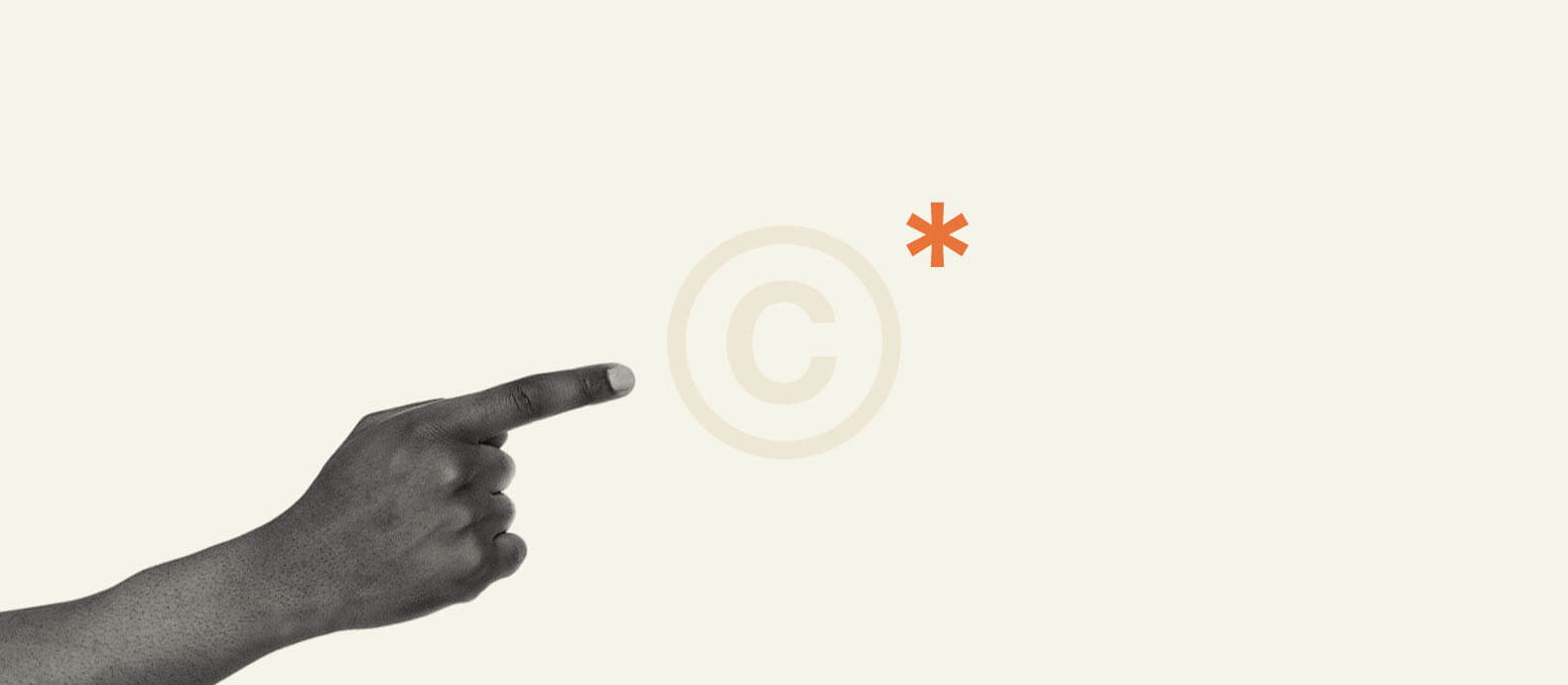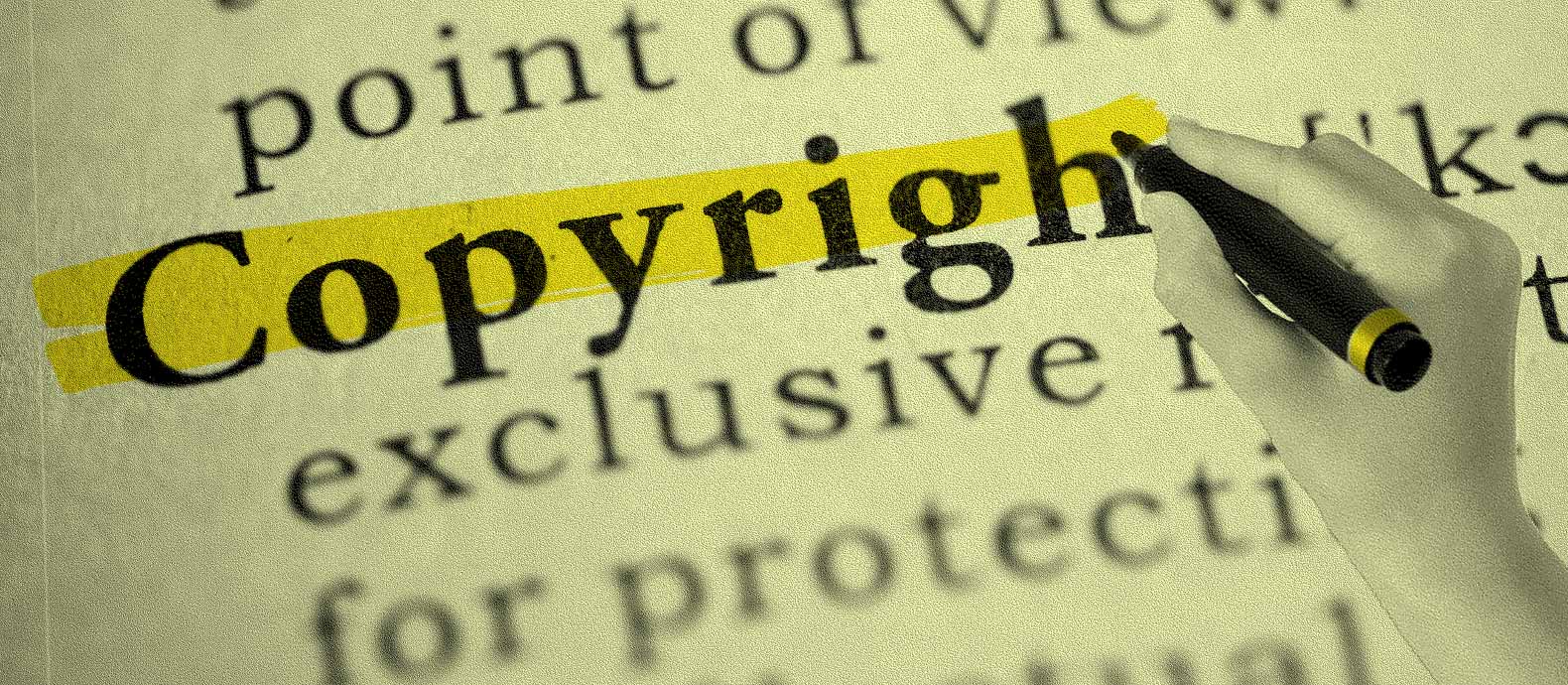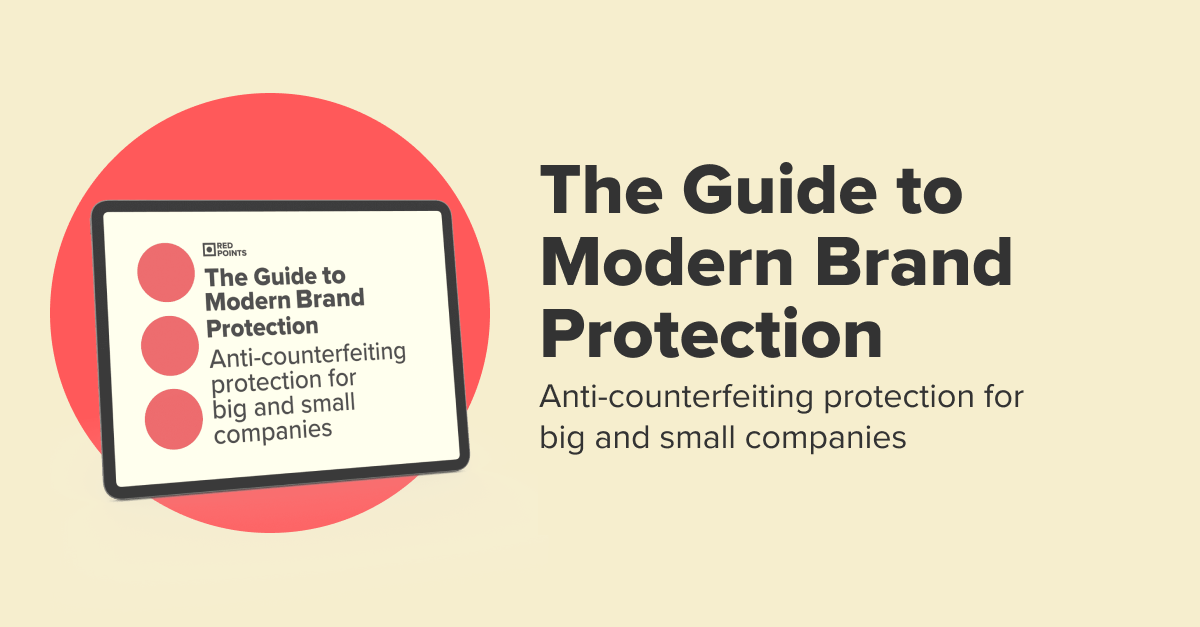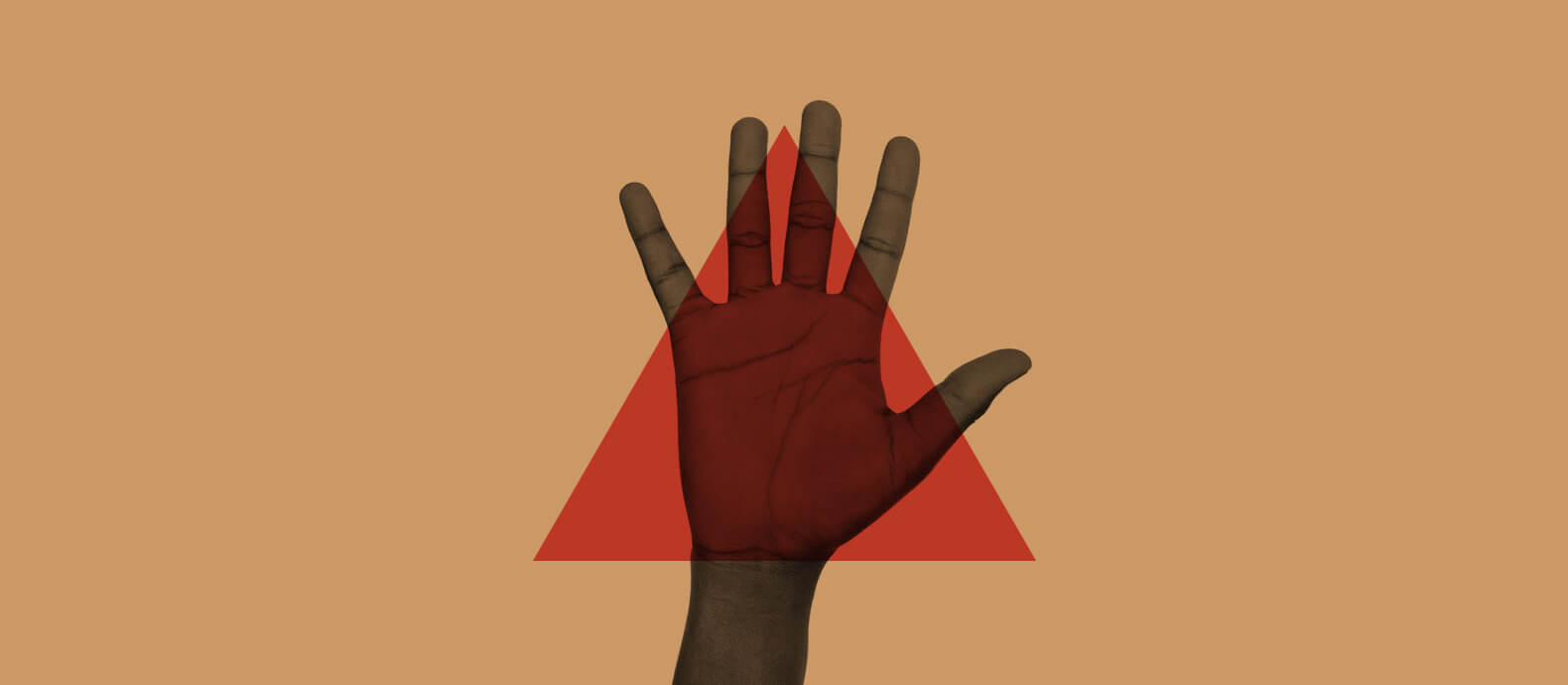If you’ve ever visited a website, you’ve seen the small © symbol, followed by the year and the URL. What does it signify, and why does it exist?
This is known as a copyright disclaimer. It shows your legal ownership of the website you built and is meant to stop individuals from copying content from it. A disclaimer for copyright makes it apparent who owns this website and that they are prepared to defend their content rights.
In order to guard against plagiarism and unlawful usage, original works must be copyrighted. Examples of copyrighted works include works of art, music, and literature.
We’ll look at copyright disclaimers in this article, including how to draft one and what happens if someone uses your material even though it has a copyright disclaimer.
What is a copyright disclaimer?
A copyright disclaimer is a declaration that asserts ownership of original content or exposes your “fair use” of copyrighted resources.
A copyright disclaimer is an important part of most websites today. It can serve two purposes: first, it can state that the content on that webpage is legally copyrighted, and second, it can focus on things like the information or claims within the content, putting the responsibility on the original copyright owner rather than the page sharing the information or content.
Sites that do not submit copyright disclaimers are typically seen to be plagiarizing or stealing content, which is why they must be correctly prepared.
Copyright disclaimers are divided into two categories:
Section 107 of the Copyright Act contains the following copyright disclaimer statement: This notice occurs on content (most typically YouTube videos) that incorporates copyrighted content from someone else. This “fair use” remark can assist in defending against copyright infringement allegations.
Copyright Disclaimer for original work: This copyright disclaimer may be used to show your ownership over unique work on blogs, websites, photos, videos, and music. It can also prevent incidental copyright infringement on social media. Having this copyright infringement disclaimer protects your work from being stolen but also grants you some protection if your original work seems to resemble that of others.
What is fair use?
Copying copyrighted material for a restricted and “transformative” purpose, such as commenting, criticizing, or parodying a copyrighted work, is fair use in the broadest meaning. The copyright holder does not need to provide permission for these uses. You can avoid copyright infringement claims if the usage is considered to fall into one of those categories beyond a reasonable doubt. Ultimately, it would mean that your content falls under the umbrella of fair use, and therefore it is not an infringement.
What does “transformative” mean, then? There have been millions of dollars spent seeking to define what constitutes fair use, and this concept is no exception. This is because the courts and politicians who created the fair use exemption did not seek to limit its scope, there are no strict or overtly clear rules. They wanted it to have a broad definition that could be interpreted in several ways, just like free speech.
The majority of fair use criticism and commentary falls into one of two categories: (1) commentary and critique or (2) parody.
Commentary and criticism
Fair use principles enable you to replicate portions of a copyrighted work to achieve your goals if you’re commenting on or criticizing it—for example, writing a book review. Here are some instances of comments and criticism:
- In a music review, quoting a few lyrics from a Michael Jackson song, or in a news story, summarizing and quoting from a medical paper to support your point.
- A teacher or student copying a few lines from a news item for use in a lesson.
- Using a section of an interview as evidence in a court case.
By adding some copyrighted content to your review, you are providing the public with additional value, which is why this regulation exists. In the examples of fair use scenarios, there are more examples of commentary or criticism.
Parody
A work that makes light of another, often well-known, work by mimicking it comedically, satirizing it, or poking fun at it is called a parody. The judges are aware that, due to the very nature of parody, it necessitates adopting elements from the work that is being satirized. In contrast to other types of fair use, parody is allowed to use the original work in a very broad manner to “conjure up” the feeling of the original work.
How do you write a copyright disclaimer?
To write a copyright notice, you must include the following three elements in the following sequence:
- The term “copyright” or the copyright sign (©)
- Year(s) of publication: If your work is updated over time, specify a year or a range of years.
- The copyright holder’s name: This might be a single person, a group of people, an organization, or a company.
You can also include a rights declaration to indicate your ownership of your work, such as:
- All intellectual property rights are reserved: You are the only owner of your content.
- Some rights are reserved: You grant permission to use your materials under specific conditions.
- No rights are reserved: You make your work available to the public.
Copyright footers on web pages frequently utilize this standard copyright structure.
Why do you need a copyright disclaimer?
A copyright disclaimer notice isn’t necessary because it’s not legally needed because copyright is automatically assigned to original work. On the other hand, copyright notices on your published works are excellent practice.
Users are less likely to infringe on copyrights if they know your work is copyrighted. Copyright disclaimer notices strengthen your court case, as the infringer should have been aware that your item was copyrighted in the first place.
Is a simple copyright disclaimer enough?
Copyright disclaimers are an excellent first step, but we cannot promise they will be sufficient to eliminate all potential infringement. Original work posted on the internet is frequently used without the owner’s consent when it is stolen and published under a new author’s identity.
As a final precaution, you can always develop a Terms and Conditions agreement.
Terms and conditions (also known as “Terms of Service” or “Terms of Usage”) are legally binding papers that enable you to define your rules for the use of your website and content in a legally enforceable manner.
Terms & conditions allow you to control the usage of your material. To guard against the unauthorized use of your content, copyright disclaimers and liability limitations are allowed in terms of service.
What happens if others use my copyrighted content without having a copyright claim disclaimer?
Copyright infringement is the legal term for this. The use or creation of copyright-protected work without the authorization of the copyright owners is considered copyright infringement. A third party’s infringement of the copyright holder’s rights, such as the exclusive use of a work for a predetermined duration, is considered copyright infringement.
A DMCA takedown request can be used to report an online infringement in a formal manner. Legislatively, the Digital Millennium Copyright Act was put into action in 2000 when current copyright regulations proved to be inadequate for the new digital age. The DMCA offered a means for copyright owners to report online infringements and made significant changes to copyright law as a result.
Among the most popular kinds of entertainment, music and movies are two of the most vulnerable to copyright infringement. Cases involving infringement might result in contingent liabilities, which are sums that are set aside in preparation for the possibility of a lawsuit.
The music business, for example, was surprised by the rise of Napster and other online music-sharing services.
Napster was a music-sharing service that allowed users to send and receive music files amongst each other through a private, encrypted connection. Free music would be shared or distributed by customers. The music industry’s record labels successfully sued Napster for copyright infringement to safeguard their exclusive intellectual property.
Since Napster was aware of the broad distribution and did not do anything to stop it, it was deemed in breach of copyright laws. Record companies suffered financial losses due to customers ripping off and using their music without paying for the rights to do so. By permitting the dissemination and copying of music, Napster made money at the cost of record labels.
Individual users and internet service providers (ISPs) are potential targets for copyright infringement lawsuits brought by corporations seeking targets for copyright infringement allegations.
Led Zeppelin has been accused of copyright infringement by the estate of Randy Wolfe, a member of the band Spirit, who died in 2010. They alleged that Led Zeppelin had taken elements of Spirit’s song Taurus and used it in their song “Stairway to Heaven.” The legal battle began in 2014, but Led Zeppelin won in 2020.
What’s next
The rules of the United States regarding copyright ensure that your creative works are protected the minute they are produced. With this copyright disclaimer in place, your content should be safe against theft and violations of copyright. Including a copyright notice in your work will ensure that people are aware that it is protected and that they need your permission in order to use it.
Unfortunately, many owners and producers of software programs still tend to lose significant amounts of revenue as a result of copyright infringement and piracy each year. These cases of piracy can be dealt with manually, but oftentimes that can be a grueling task that could take significant amounts of time.
Fortunately, machine learning tools, such as the ones utilized by Red Points, can help prevent and stop the infringement of intellectual property rights. For instance, using Red Points’ Anti Piracy software can increase the lifetime value of your copyright by tracking and removing unauthorized content at the source.





